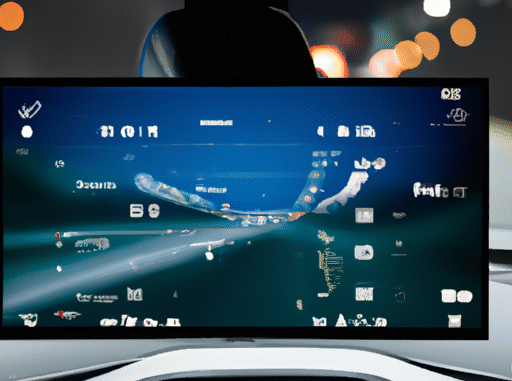
From Dashboard to Smartphone: How Car Infotainment Systems Are Evolving
From dashboard to smartphone, car infotainment systems are rapidly evolving to meet the demands of modern drivers. In today’s fast-paced world, convenience and connectivity are paramount, and automotive manufacturers are keenly aware of these demands. This shift not only enhances the overall driving experience but also integrates new technologies that make our cars an extension of our digital lives.
The Rise of Digital Dashboards
The journey of infotainment systems began with traditional dashboard displays, which primarily showcased basic information like speed and fuel levels. As technology advanced, car manufacturers began incorporating more sophisticated digital dashboards. These new displays are versatile and intuitive, allowing drivers to access a myriad of information at a glance.
Digital dashboards are now equipped with touchscreens that offer customizable widgets. This way, users can prioritize what information they see, whether it’s navigation maps, music playlists, or vehicle diagnostics. This shift from static gauges to dynamic displays represents a significant leap in automotive technology, promoting not only a more engaging user experience but also enhancing safety by reducing distractions.
Integration of Smartphone Technology
The remarkable evolution of car infotainment systems is largely driven by smartphone technology. Modern vehicles now commonly feature systems like Apple CarPlay and Android Auto, which seamlessly integrate smartphones into the car’s dashboard. This allows drivers to control their phones using the vehicle’s interface, making it easier to access calls, messages, and apps without taking their eyes off the road.
These integrations go beyond mere functionality; they create a cohesive ecosystem where drivers can enjoy their personal digital environments. As more drivers adopt this technology, manufacturers are focusing on creating systems that enhance this connectivity, ensuring that applications are not only user-friendly but also safe to operate while driving.
The Shift to Over-the-Air Updates
Another significant evolution in car infotainment systems is the shift towards over-the-air (OTA) updates. Just as smartphones receive software updates regularly, so too do modern infotainment systems. This functionality allows car manufacturers to add features, fix bugs, and enhance security without requiring drivers to visit dealerships.
OTA updates can include everything from improved navigation maps to new infotainment features, ensuring that the car’s system stays current without the need for manual intervention. This capability enhances convenience and extends the lifespan of vehicle technologies, making it a win-win for manufacturers and consumers alike.
Voice Recognition Technology
As voice recognition technology continues to improve, it is increasingly becoming a fundamental aspect of car infotainment systems. Drivers can now control navigation, music, and even car functions with simple voice commands. This hands-free operation is not just a convenience; it’s a safety feature that minimizes distractions while on the road.
The integration of artificial intelligence into voice recognition has further refined this technology, making it more responsive and adaptable. Drivers can speak naturally, and the system learns from previous interactions, creating a personalized experience. The goal is to allow drivers to focus on the road while still having full control over their infotainment system.
The Future of Infotainment Systems
As we look to the future, the evolution of car infotainment systems seems poised for further innovation. Developments in augmented reality (AR) and artificial intelligence (AI) may lead to even more intuitive systems that can anticipate a driver’s needs. For example, imagine a heads-up display that shows navigation directions directly on the windshield or a system that suggests music based on the driver’s mood.
Moreover, as the push for electric vehicles (EVs) continues, infotainment systems will likely adapt to include features specific to EV management, like charging station locators and energy consumption monitoring. The growing importance of integrating sustainable practices into our daily lives will dictate how these systems evolve.
Conclusion
From dashboard to smartphone, the evolution of car infotainment systems highlights a significant shift towards a more connected and user-friendly driving experience. With advancements in technology continually reshaping how we interact with our vehicles, we can expect future innovations to further enhance connectivity, safety, and convenience. As automotive manufacturers embrace these changes, drivers can look forward to a more integrated and enjoyable experience behind the wheel. The road ahead is not only about transportation but also about how our vehicles connect with our lives through technology.
